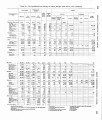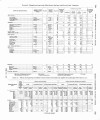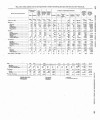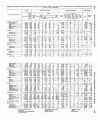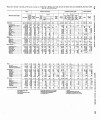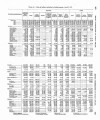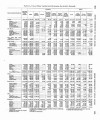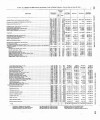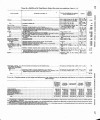| OCR Text |
82 ~OMMKSSION~OBF INDIAN bFFILI&B. delivery to them. There have been several deaths of Indians who received propehy from the reimbwwble fund, and in such caw, where the remainder of the family desired to keep and pay for the property, they were permitted to do so. If the heirs did not want the property it was resold. The benefits which the Indians have derived from the expenditure of this money in the purchase of live stock and equipment for their use have been far-reaching. Many allotments which in previous yearshave not been cultivated are now producipg. Indians who pre-viously had a team, but no means with 6hich to purchase harness and a wagon, have been provided with suitable equipment to enable them to engage in freighting, which at many reservations distant from railroads is a profitable employment. Others have been provided with cattle, so that they might get started in the cattle industry. The women in the home have been furnished with sewing machines, and they are now more and more making wearing apparel at a saving in cost. The crude and oftentimes insanitary method of cooking over campfires is also finding a remedy through the use of reimbursable money. Floorless and often windowless housea are being improved through the purchase of floocing, doors, and windows Tribal herds of cattle have been purchased at a number of places from these funds, as stated under the heading of " Stock raising." Agricultural equip-ment too large or high priced for one individual to purchase was also bought for tribal use, reimbursement therefor to be made from tribal funds which may hereafter accrue. No interest or profit has been charged to the Indians participating in the use of this money. They are required to return only the principal. As the appropriations made by Congress have not been adequate to'meet the demands of the various reservations, at a few placeg where tribal funds were available they have been drawn upon under the same conditions as public funds. At Keshena the Indians, when they gave permission to use their money under the reimburseable plan, requested that interest be charged, as the fund in the Treasury of the United States drew interest. At Cheyenne River interest is charged for the same reason. - FARMINa BY INDIANS. During the past year the acreage farmed by Indians has been greatly increased, and the seed furnished them waa approximately three times as much as in any preceding year. In the development of agricultural activities among the Indians two factors must be considered, one psychological, the other admin-istrative( 1) stimulating the interest and ambition of the I,ndians |






















































































































